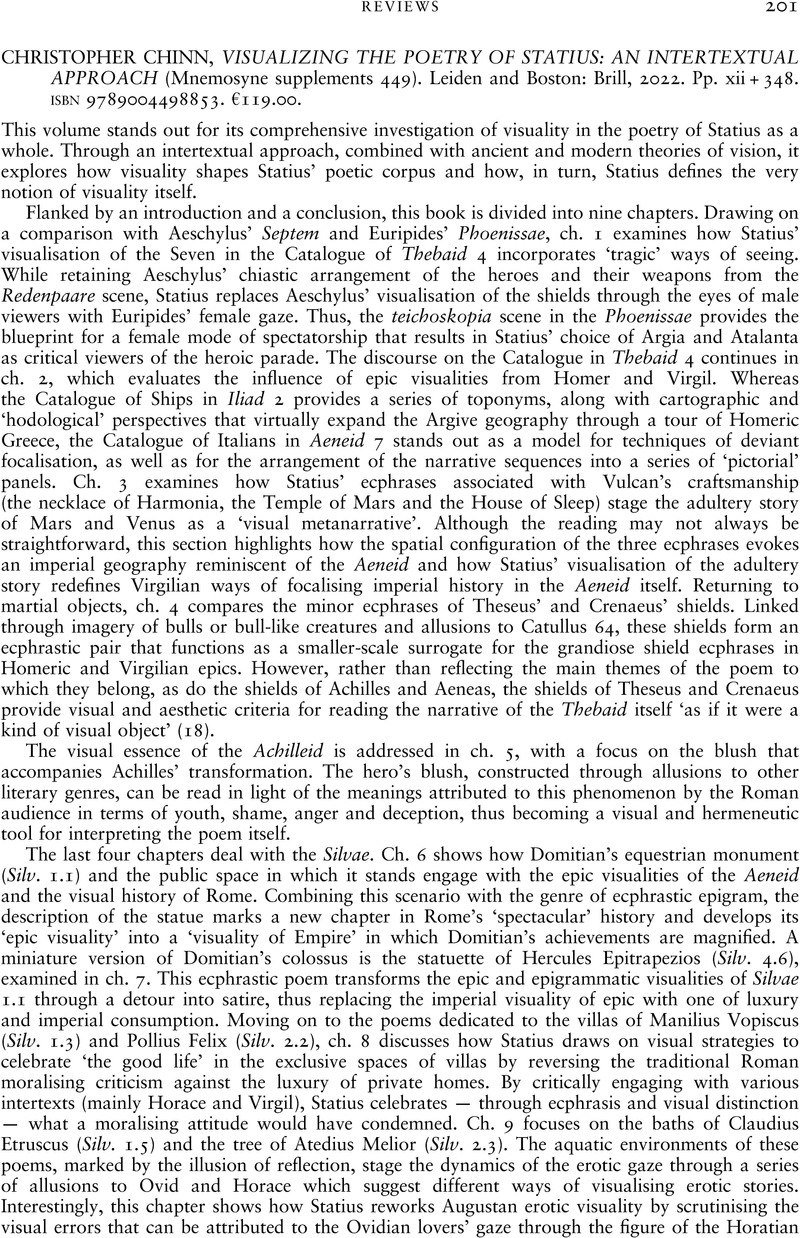Crossref Citations
This article has been cited by the following publications. This list is generated based on data provided by Crossref.
Liu, Siyu
and
Wang, Guangwen
2024.
The era of hypertext poetry: A study on the digital presentation of visual poetry.
E-Learning and Digital Media,



